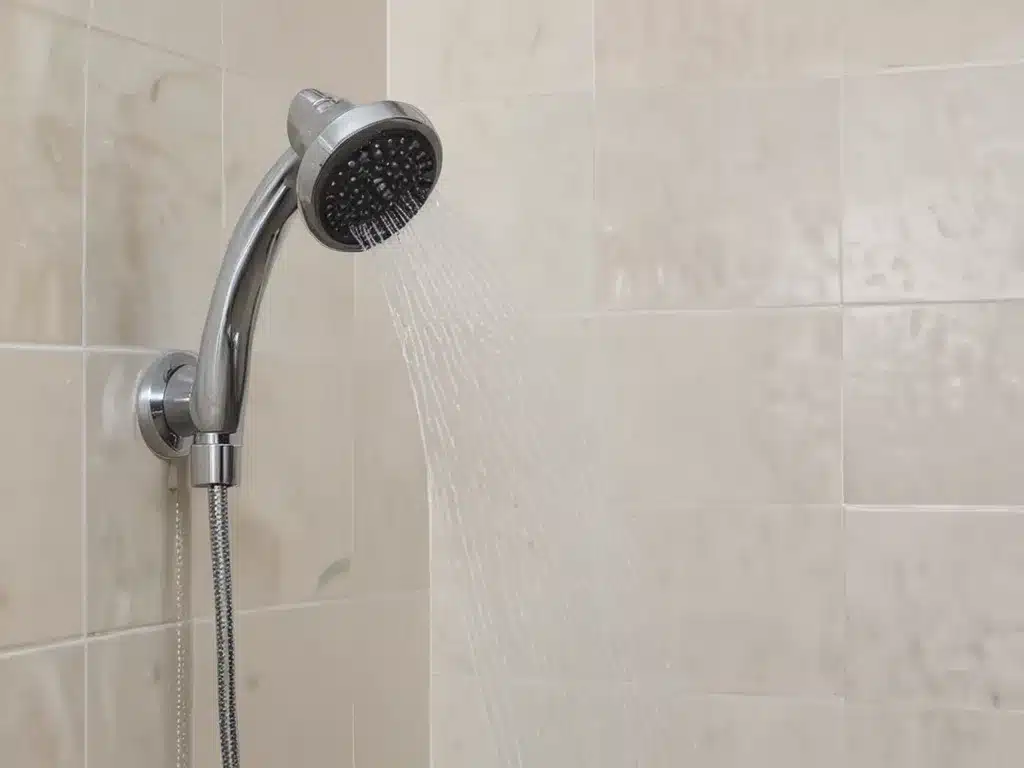Having a clean and sparkling shower is a great way to start the day. However, soap scum buildup can make your shower look dirty and dingy. The good news is that removing soap scum doesn’t have to be a dreaded chore. With a few simple ingredients and techniques, you can get your shower looking like new again in no time.
Why Soap Scum Forms
Before jumping into how to remove soap scum, it’s helpful to understand what causes it in the first place. Soap scum forms when soap residues combine with mineral deposits from hard water. The ingredients in many bath products, like shampoos, body washes, and bar soaps, bind with the minerals, creating an insoluble film that sticks to shower surfaces.
Some factors that contribute to soap scum buildup include:
- Hard water – Water with high mineral content
- Soap ingredients – Certain surfactants react with minerals
- Insufficient rinsing – Leftover soap residues
- Hot showers – Heat causes soap film to harden faster
Soap scum often accumulates where water pools, such as the shower floor, walls, and door tracks. It starts out looking whitish but can darken over time as mildew sets in.
Vinegar to the Rescue
One of the easiest and most effective ways to remove soap scum is with vinegar. The acetic acid in vinegar breaks down the soap film, allowing you to wipe the grime away.
To use this homemade cleaner:
-
Spray full-strength white vinegar directly onto soap scum deposits. Focus on areas like walls, floors, and fixtures.
-
Let sit for a few minutes to allow the vinegar to penetrate the scum.
-
Scrub with a sponge, cloth, or brush. Apply some elbow grease to dislodge stubborn buildup.
-
Rinse thoroughly with water. Vinegar can leave a strong odor, so rinsing is key.
For particularly challenging soap scum, let the vinegar sit for longer, 15-30 minutes, before scrubbing. You can also apply it directly with a sponge or cloth instead of spraying.
Why Vinegar Works
There are a few reasons why vinegar is so effective at soap scum removal:
-
Acetic acid dissolves mineral deposits – This helps detach the scum from surfaces.
-
Cuts through grease and grime – Vinegar is a degreasing agent.
-
Kills mold and mildew – Prevents further soap scum staining.
-
Non-toxic and economical – Safer and cheaper than many commercial cleaners.
Baking Soda for Extra Cleaning Power
For really stubborn, built-up soap scum, use baking soda in addition to vinegar. The abrasiveness of the baking soda scrubs away the gunk while the vinegar continues to dissolve the deposits.
Here’s how to combine them:
-
Make a paste with equal parts baking soda and vinegar. Start with about 1/2 cup of each.
-
Apply the paste to scum buildup and let sit for 5-10 minutes.
-
Scrub vigorously with a cloth, sponge, or old toothbrush.
-
Rinse thoroughly once the scum is removed.
Baking soda is a mild alkali so it helps neutralize vinegar’s acidity for safe cleaning. Together, they make an effective soap scum-fighting duo without harsh chemicals.
Preventing Future Buildup
Removing soap scum is just one part of the process. To keep your shower sparkling, it’s important to prevent the grime from returning quickly. Here are some tips:
-
Use a squeegee after each shower to wipe down walls and doors. This removes excess water where scum forms.
-
Rinse the walls and floor thoroughly to wash away all soap residues after bathing.
-
Leave the shower door open to allow proper ventilation and drying.
-
Clean the shower weekly to avoid buildup. Spot clean as needed.
-
Install a water softener if you have stubborn hard water issues. This will minimize mineral deposits.
Satisfying Results
With some common household ingredients and a little scrubbing, you can safely and easily remove soap scum and restore your shower’s shine. Use vinegar or vinegar and baking soda to break up grime and rinse clean. Then follow these preventive steps to keep the shower scum-free for longer.







